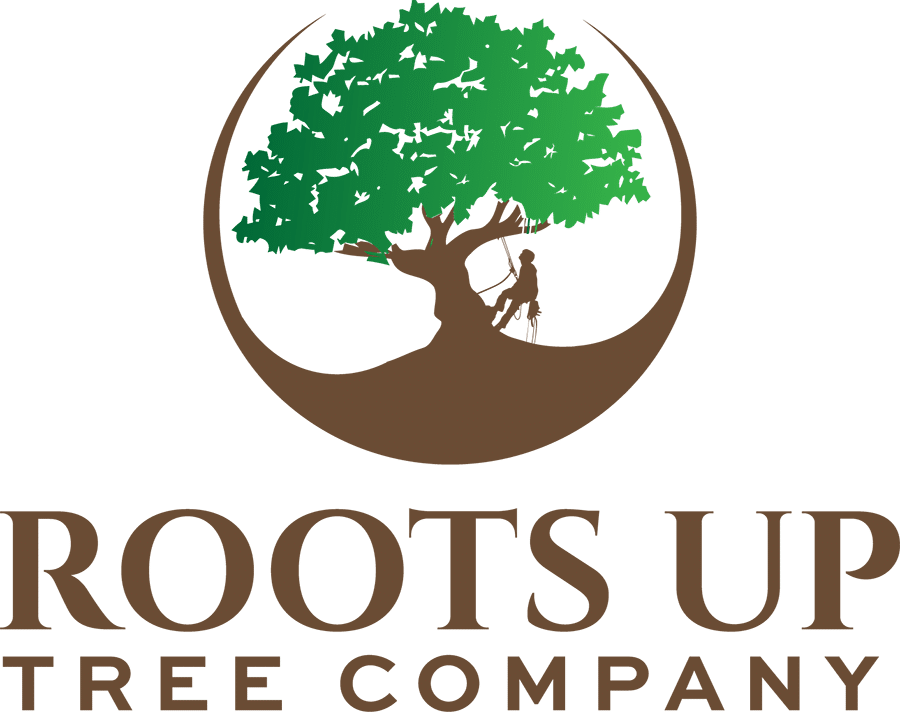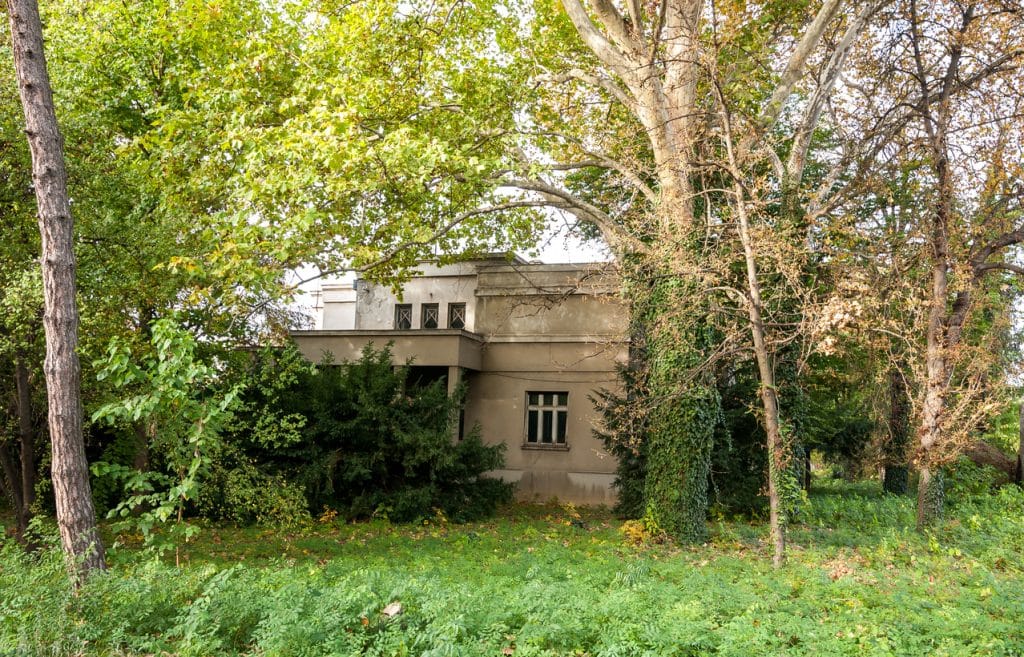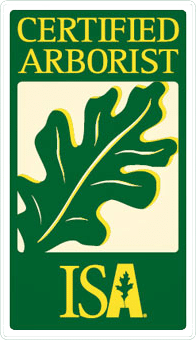Winter storms can wreak havoc on trees, leading to broken branches, uprooted trunks, and other damage. But while it may feel overwhelming to restore your tree’s health, it’s not impossible. With the right steps, you can help your tree recover from winter storm damage and keep it healthy for years to come. If you want to save your beloved trees, read on to learn the must-know tips for tree recovery.
1. Pruning Broken Branches
If your trees have broken branches due to a winter storm, they should be pruned as soon as possible. Broken branches can cause the tree to divert energy from growing new leaves. Be careful to sterilize your tools between cuts to prevent infections, especially if the tree is an ornamental tree susceptible to bacterial infections. There are different ways to prune broken branches depending on their position on the tree. If a branch is growing up from the tree’s trunk, it should be removed completely. If it has grown horizontally, it should be trimmed back to a few inches above the branch next to it. If it’s growing vertically, it should be cut at a 45-degree angle. For the best outcome, it would help if you outsourced the job to an expert.
2. Mulching for Insulation
If your tree has been damaged, it may not have enough insulation to protect it from winter temperatures. In these cases, you should add more mulch around the tree’s base to provide the insulation it needs. Make sure the mulch is at least three inches thick. This will protect the tree roots from the extreme cold whilst allowing water to pass through. Mulch can be made from many different things, such as wood chips, leaves, or newspaper. However, the best mulch for your tree is wood chips. They provide better insulation than other types of mulch because they hold more water and release it more slowly than other types.
3. Fertilizing for Nutrition
If your tree has been damaged, it may have trouble obtaining the nutrients it needs to grow. This is especially common in ornamental trees. Fortunately, there are many different types of fertilizers you can use to make up for any nutrients your tree may be lacking. Choosing the right fertilizer will depend on the type of tree you have, as well as the amount of sun it receives. If your tree is growing in a pot, it will need more fertilizer than a tree growing in the ground. Find out what your tree needs from a certified professional and provide the nutrients needed for a quick recovery.
Assessing your trees for damage and pruning necessitates special skills and knowledge. Accordingly, we recommend you outsource the job to a certified arborist. We are a locally owned and operated tree service company dedicated to ensuring your safety while maintaining the health of your trees and the beauty of your landscape. Contact Roots Up Tree Company for quality, reliable and affordable tree services in and around Boulder, CO.







